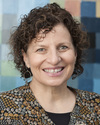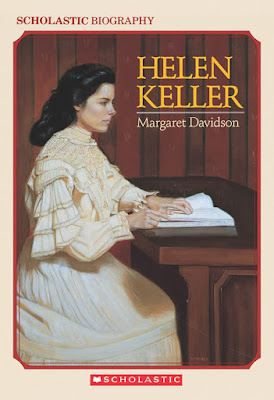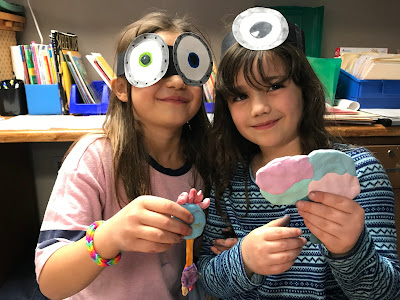Official Owl Post:
Thanks for joining us for
Auction 2018 "The Magic of Learning"!!
The Navigators' auction project was a hit at this year's Harry Potter themed gala. And it was all for a good cause:
OUR SCHOOL LIBRARY!
“You have to write the book that wants to be written. And if the book will be too difficult for grown-ups, then you write it for children.”
– Madeleine L'Engle
We know our great library will become even better!
Thank you, Ms Becky, for your many hours and years of finding good books for each student. You well deserve the Crystal Award.
Here's our lamp project:
It evolved from this...
to this!
The Process: Each student brought toys from home.
Planning
Sanding and gluing
Viewmaster, Matchbox car, Ninja turtle, Paw Patrol, Furbie, Disney Princess...
Fidget spinner, Playmobil, action figure, plastic whistle...
Ready and excited to spray
Sssssppprrray
Try not to breathe it.
A little more over here.
We lit up the stage!
Mrs. Maitlen and Mrs. Towne always have fun together.
Here we are both dressed up as Professor McGonagall.
Twinsies!
Thank you, parents, for all your volunteer hours
that make such an event and such a school possible.



































































